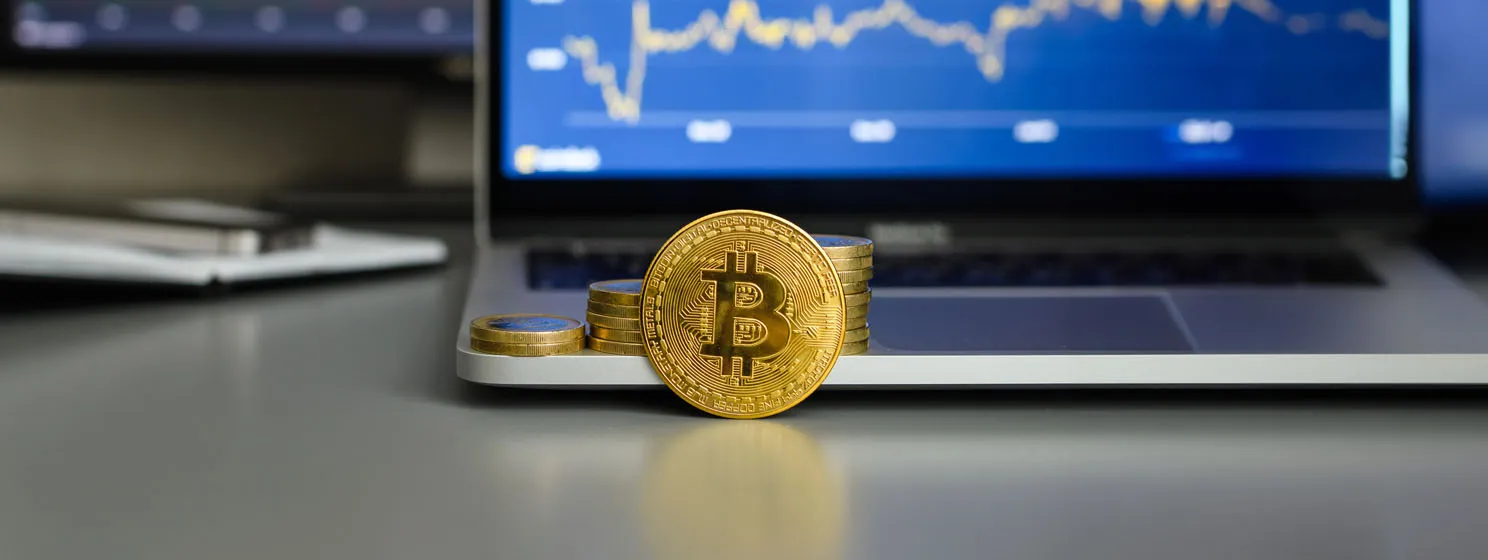
Ransomware
Ransomware losses tumble but threat remains: Chainalysis
A new report shows that collaboration between authorities and victims' refusal to negotiate with bad actors caused a decline in...
UK wants to ban ransomware payments from public institutions
The U.K.’s Home Office has proposed new laws to bar public institutions from bowing to ransomware demands and a mandatory...
‘Crypto’ crime declines? Hackers, North Korea disagree
The FTC recently issued a report calling BTC-based ATMs “a payment portal for scammers,” while Chainalysis released two summaries of...
‘Crypto’ scams decline, but ransomware rising at a near-record pace
'Crypto' crime inflows slumped over $5.2 billion this year from the same period in 2022, with authorities crediting it to...
No prison time for Ryuk ransomware gang broker after guilty plea
Denis Dubnikov assisted the Ryuk ransomware gang in laundering over $400,000 worth of illicit funds using his OTC services based...
Australia weighs banning ransomware payments amid hike in attacks
Australia is considering a proposal to ban ransomware payments which some experts claim would disincentivize the hackers in the wake...

 07-14-2025
07-14-2025 






























